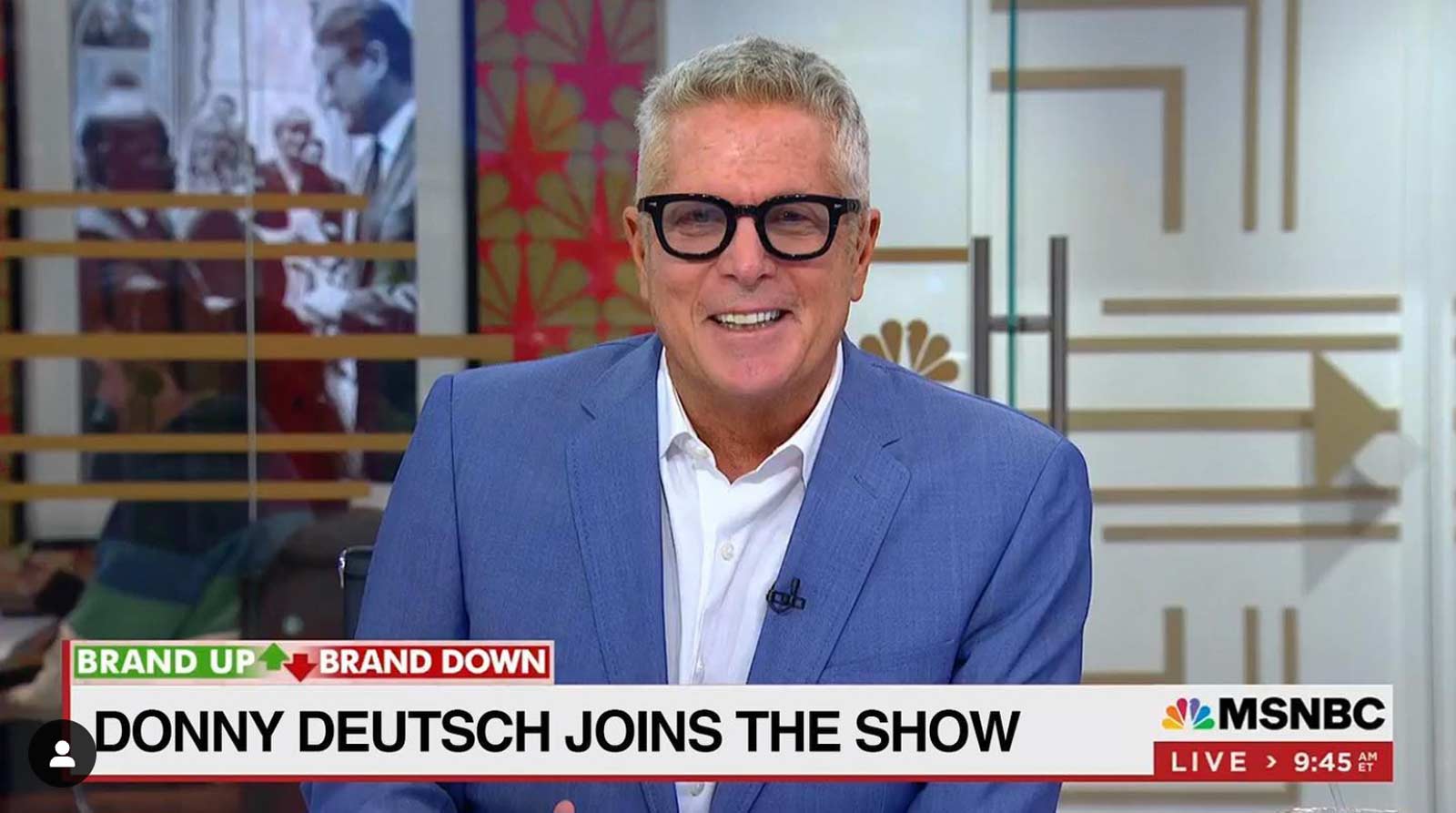Education: Marketing, Northern Michigan University
Role: Director, Business Development
Location: Southern California
Born and raised in Illinois, Kevin graduated from Northern Michigan University, where he studied marketing and advertising. And then, as he puts it, his work took him all over the US map.
Kevin is a director of business development and partnerships on the executive team at Amberfi, where he oversees business planning, strategic initiatives and sales operations.
Tell us about your professional experience and how you got to where you are today.
My professional career has been heavily focused on marketing and sales over the last 14 years. After college, I worked across a few consumer goods brands, most notably a company called Newell Brands. They own and operate brands like Rubbermaid, Calphalon, and other global names with nearly $11 billion in annual revenue.
I’ve served the majority of my career in a marketing director role, mostly focused on marketing strategy, account management, FP&A, and other initiatives across retail and e-commerce growth.
I first got into cryptocurrencies in 2017 as an investor and then a bit later as a derivatives trader under a mentor for two years. I didn’t get into non-fungible tokens (NFTs) until about 2020, once NBA TopShot was launched by Dapper Labs. It intrigued me enough to dive in head first, and from there, I began expanding into VeeFriends and various gaming projects, but unfortunately, I never got myself a Bored Ape.

Kevin on a hike in Peru
At Amberfi, my primary focus is on sales operations, business planning, and strategic initiatives. At its core, I’m intently focused on revenue generation and delivering a commercial plan that helps set and meet the business KPIs. Over time we’ll also focus on building out a sales and CSR team infrastructure to support our flawless execution and client experience.
What would you call the proudest moment in your career so far?
The start of my career is one that stands out because I had no idea what impact that opportunity would have on the last decade of my life. I graduated college during the housing collapse and recession of 2008. It was a bleak time, to say the least. I was in debt, felt pretty directionless, and nobody was hiring.
I proceeded with hundreds of interviews, some odd jobs, and dozens of continuous education courses. Most importantly, though, I never got discouraged and trusted my gut. I remember it being such a huge relief when I got the offer, so that was a great moment of self-reflection.
Throughout my career, there have been a ton of great accomplishments regarding sales growth or creative brand activation, but beyond that, I just take a lot of pride in being a compassionate, strategic leader. Seeing a new employee that is perhaps in that same position that I came from is really full circle. I enjoy coaching them, maximizing their potential, and if they have proven skills and drive, giving them opportunities as a way to pay it forward.
This is impressive! And what advice would you give to founders in the web3/NFT space? What are the things they should definitely do or don’t do at all?
Well, there are going to be some slight differences in advice depending on if it is a business-to-consumer (B2C) or business-to-business (B2B) relationship, but I’ll try to touch on advice that helps both.
Do focus intently on your customer base. This means integrating passionate early adopters into your product focus groups or beta launch. It also means balancing your marketing budget to invest in research techniques to gain insight in your target segment or customer base and, very importantly, dissecting competitors to a granular level. By doing this, I think you can extract better value from your acquisition tactics.
Do have a strong commercial plan with measurable objectives. Without it, your team is a fish out of water. I’m a big proponent of building a high-level business plan in a few slides that can act as a compass for employees. You can’t achieve the goals you don’t make, and this will be a constant reminder of intent and focus.
Don’t try to bite off more than you can chew early in the company’s inception. If you have done the two things above, you should have an idea of where priority should fall. If 75% of my revenue potential comes from a specific segment or product, then I’m more likely to steer a lean team towards that initiative rather than bulk up on staff and spread resources too thin.
At Amberfi, we are doing the Do’s and building clear goals for our overall business, as well as our own departments. We also regularly integrate customer feedback into our product and community design. One example is our Twitter spaces that we host weekly to spark community feedback that helps us shape a better end product.
How would you describe Amberfi to someone who has never heard about it?
Amberfi is effectively an e-commerce infrastructure solution, but specific to NFTs. The easiest way to explain it is to relate it to existing things. Think Shopify meets Square payment solutions, where we provide brands or creatives the means to develop their own NFT store without friction or coding skills.
It offers an all-in-one package to build, brand, mint, store, and process payment of NFTs, which is quite attractive for the majority of merchants that want to manage their own direct-to-consumer NFT experience, but lack technical skills.
When you peel back another layer, we are intently focused on providing an advanced layer of authentication, transparency, and security. Web3 hasn’t done a great job in the PR department as of late, and we’ve seen our fair share of theft, hacks, and other bad actors.
Amberfi provides the first preventative solution to protect the underlying NFT asset itself with content encryption. If you remember last year, there were a lot of people complaining about others “right-click saving” their NFTs and pretending they are their own on social media, or worse, trying to fraudulently sell them as the real thing. Unfortunately, consumers fall victim to this all the time, so our product helps prevent that from occurring.
You have already mentioned several advantages of Amberfi. What kind of future do you envision for the company?
I’m biased, but I think there will be a growing demand in the market for direct-to-consumer storefronts. Just as you saw Nike move their product strategy in 2018 away from third-party markets like Amazon in favor of Nike.com, I think there will be more demand for brand customization and visibility to analytics. This means I would anticipate a slow decline in market share of platforms like OpenSea, and companies like us taking on more of a lead role with brands.
If we’re doing our job well, then ideally, we have a high brand recall, we’re a top 10 marketplace solution by volume, and powering some key brand or creator projects. Right now, our goals are just to execute efficiently in the first 12 months, meet our objectives, act as good stewards of our capital, and focus intently on our early customer projects. Amberfi will also continue to invest in and focus on product innovation through customer engagement and feedback.
There are other areas that I have a vision for regarding UX, but I will keep that close to the vest so we can continue to differentiate ourselves from our competitors. I can’t spill all the beans.
What makes Amberfi stand out among other NFT marketplaces?
It’s a wide variety of things, but the product is the center of this value orbit, we’re customer obsessed, and I think the staff are so impressively professional and diverse. Not only do we have team members across 5 continents, but our backgrounds are incredibly mixed, which gives us power in numbers. I also am impressed with the initiative that everyone takes in their roles and beyond – I find it refreshing to see such passion.
I’ve already mentioned a lot of our a-to-z product solutions for merchants. But, we also focus on giving back to causes. Personally, I am passionate about reducing ocean plastics and general pro-earth organizations. In some cases, we’re providing our own money to support these causes, and in other cases, we are partnering with The Giving Block to allow our merchants to have the same opportunity. Building a philanthropic element into the marketplace is attractive to all parties involved, but it’s also something I admire about the team’s focus.
Our leadership has some incredible experience in startups and tech, so it is quite easy to get behind them and feel confident in the direction of the business. We think we built something incredible, and in another month or so, it’ll be time to see how that is received by the public.
How would you describe the state of Web3 right now?
The overall market conditions are quite bearish at the moment for investors, and a lot of liquidity has been drained from retail investors, which will impact NFT sales volume and price sensitivity.
We’ve had black swan events that caught over-leveraged and poorly managed companies by surprise, exacerbating the pullback in the market. Throw in a dose of economic recession, rising interest rates, and tremendously overvalued home prices in the US market, and you can get a feel for my take on the pulse of Web3.
I think if pressures continue to impact the pockets of consumers that they’ll have less appetite for speculative investments, and we may continue to see a contraction in the Web3 market. With that said, we’ve still outpaced revenue in NFT sales YTD than we did all of last year. That just shows the power of what we’re dealing with as a technology, and we’re just starting to unlock the creativity in utility.
It’s not all doom and gloom, and in fact, I see a ton of founders with their heads down building great things, us included. The right timing might play a key role though, so it’s important we keep an eye on that ourselves.
Is there a project or a product in the web3 space you’re excited about?
There are honestly so many to pick from that it is difficult. I’m a gamer, so within NFTs, I like a project in the gaming space called Penguin Karts. I know it sounds silly, but I’m really bullish on this project.

I believe they have a lot of game developers that came from AAA-rated studios like Rovio and Activision, but you can see the quality of design in their in-game marketing materials. It’s an interactive play-to-earn kart racing game like Mario Kart, but with penguins. The penguins, vehicles, and upgrades are all NFTs, so you can buy and trade these unique benefits for in-game advantages.
What they also do quite uniquely is integrate esports and gambling into the mix. Viewers can watch and bet on certain race outcomes, which adds another layer of attention to races.
Kevin’s Twitter: @KevinAtAmberfi






